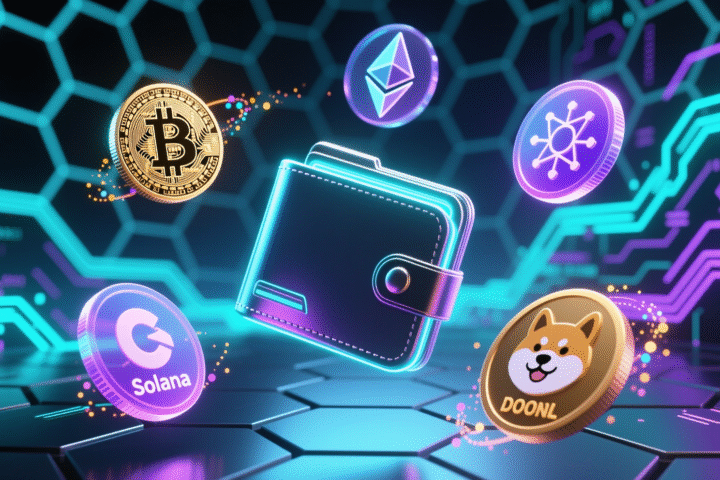Picture this: the Library of Alexandria, burning. Centuries of knowledge, stories, and discoveries, gone in smoke. Now fast-forward to today’s digital age, where data can vanish with a server crash or a deleted account. But what if history couldn’t disappear? What if every moment, meme, and masterpiece could live forever, locked into an unbreakable digital chain? That’s where on-chain records come in.
Key points:
- On-chain records could serve as a permanent, tamper-proof archive that preserves everything from art to government data, ensuring history can never be erased or rewritten.
- While immutability protects truth, it also locks in errors, misinformation, and private data, raising new ethical questions about what deserves to last forever.
- Blockchain may redefine how civilizations document truth and how future generations remember us, from transparent governance to censorship-proof journalism.
Think of blockchain as humanity’s ultimate time capsule, a living archive that doesn’t just store information but guards it from tampering, censorship, or accidental deletion. It’s like giving history a permanent home on the internet, one block at a time.
The Idea of Immutable Memory
Think of blockchain as the internet’s version of a permanent notebook, once something’s written in, it can’t be erased or edited. Every entry, every transaction, every byte of data is locked into place through consensus, forming what we call on-chain records.
That’s what makes it so different from traditional archives or cloud storage, where files can vanish, get hacked, or quietly rewritten. Blockchain doesn’t allow for “oops.” Once it’s there, it’s there for good.
Take Bitcoin’s first block, the Genesis Block, a 2009 timestamp of digital rebellion, or Ethereum’s early smart contracts, which still sit frozen in history like digital fossils. Each one is a snapshot in time, preserved not by archivists, but by code itself.
Preserving History on the Chain
If history is written by the victors, blockchain might be the first tool that lets everyone keep a copy. Across the world, projects are using on-chain records to store everything from art and journalism to public archives and even government data. The goal? To make history tamper-proof.
Here’s how people are already preserving history on the chain:
- Cultural archives: Decentralized libraries like Arweave and IPFS safeguard art, literature, and historical data, keeping it alive even if websites vanish.
- NFT relics: Digital collectibles double as historical markers, each one a creative snapshot that can’t be altered or erased.
- Journalistic truth: Reporters and activists are using blockchain to store evidence, news articles, and public data before they can be censored.
- Public records: Some governments are experimenting with blockchain for archiving land titles, laws, and documents that need permanent access.
It’s history without the “delete” button, a global memory bank preserved one block at a time.
The Risks of an Eternal Record
Of course, forever isn’t always a good thing. While on-chain records sound like the ultimate safeguard against censorship or data loss, permanence has its downsides. Once something is written to the blockchain, it’s there for good, typos, misinformation, and all.
That raises some big questions:
- Privacy vs. permanence: What happens when personal data or sensitive information ends up on-chain? There’s no “right to be forgotten” here.
- Misinformation set in stone: If false data gets recorded, it becomes a permanent part of history, even if later proven wrong.
- Ethical gray zones: Should we really keep every digital trace forever? Some memories are worth preserving, others might be better left to fade.
Blockchain gives us the power to record truth beyond deletion, but it also forces us to think about what kind of truths deserve that kind of eternity.
What On-Chain Records Mean for the Future
If on-chain records truly become humanity’s permanent library, we might be witnessing a new kind of history writing. Instead of dusty archives or corrupted hard drives, imagine governments, journalists, and even artists preserving truth in code, unchangeable, accessible, and global.
Governments and Transparency
For governments, on-chain records could usher in a new era of accountability. Election results, public budgets, and land registries could exist in plain sight, verified by anyone, anywhere. It’s bureaucracy with a blockchain twist, no shredders required.
Future Civilizations and Digital Archaeology
For future generations, blockchain might become the modern Rosetta Stone. Centuries from now, digital archaeologists could study today’s on-chain records the way we study cave paintings, except this time, every artifact comes with a transaction hash and a verified source.
In the end, blockchain isn’t just changing how we trade or build apps. It’s redefining how we remember, transforming memory itself into a shared, immutable ledger of human experience.
Echoes in the Ledger
If blockchains never forget, then every on-chain record becomes a small piece of who we are, our art, our ideas, our mistakes, our truths. One day, when future generations scroll through the ledgers we’ve left behind, they won’t just see data. They’ll see a story of a species trying to remember itself.
So the real question isn’t whether blockchain can preserve history forever. It’s what kind of history we’ll choose to write into eternity.
Read More
- 5 Interesting Ways Blockchain Technology Has Proved Surprisingly Useful
- Tickets, Events, and Experiences: How Blockchain is Fighting Fraud
- 12 Real-Life Problems That Blockchain Technology Could Quietly Solve
Michaela has no crypto positions and does not hold any crypto assets. This article is provided for informational purposes only and should not be construed as financial advice. The Shib Magazine and The Shib Daily are the official media and publications of the Shiba Inu cryptocurrency project. Readers are encouraged to conduct their own research and consult with a qualified financial adviser before making any investment decisions.










